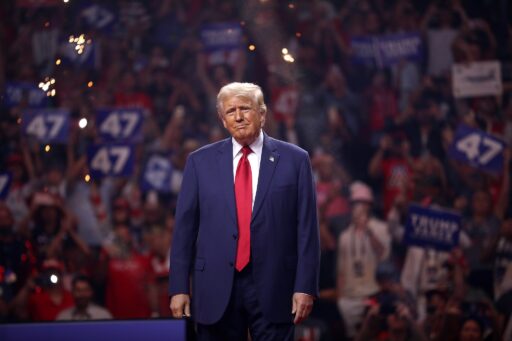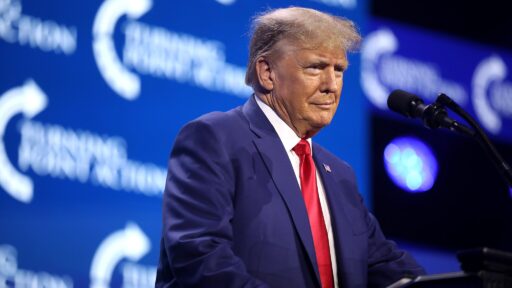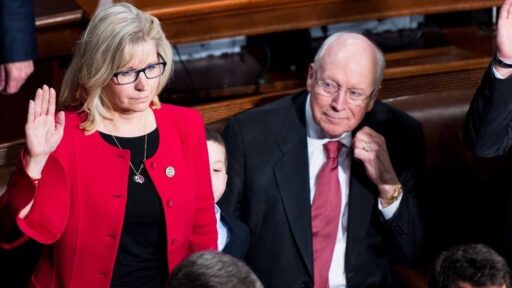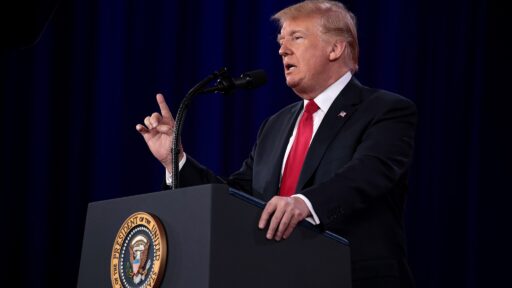If anybody can pull this off, it’s Trump!
Former President Donald Trump has promised to cut energy costs in half within the first year of his potential second term, a bold declaration made during his recent speech in Michigan. Trump asserts that this ambitious goal is entirely achievable, a promise that could resonate strongly with a Republican audience concerned about high energy prices.
However, industry experts cast doubt on this promise. The levers available to a U.S. president to directly influence energy prices are limited. According to experts, these prices are predominantly determined by oil-rich nations and their policies, not by actions within the Oval Office. Helima Croft, managing director and global head of commodity strategy at RBC Capital Markets, explains that while a president can foster a favorable environment for domestic energy companies and potentially influence global oil production, dramatically lowering prices by half through executive action alone is unlikely.
Trump’s energy strategy revolves around achieving “energy dominance,” a central theme of his economic agenda. He criticizes Vice President Kamala Harris and the Biden-Harris administration for their stance on green energy and opposition to fracking, while advocating for a “drill, baby, drill” approach. This includes increasing domestic fossil fuel production to lower electricity and gasoline costs for Americans. Trump has pledged to declare a national emergency to boost energy production, streamline regulations, and approve new infrastructure projects, including drilling, pipelines, and power plants.
In contrast, the Biden administration has attempted to balance the green energy transition with measures to mitigate consumer costs. This includes actions like selling oil from the strategic reserve to stabilize prices and increasing permitting for oil and gas exploration. Despite these efforts, energy bills remain a significant concern for many American households.
Trump’s promises come at a time when inflation has moderated, interest rates are expected to decrease, and overall consumer caution is on the rise. Although the U.S. is currently producing record amounts of crude oil, surpassing both Russia and Saudi Arabia, the challenge remains to translate that production into lower costs for consumers.
Experts also caution that pushing prices too low could backfire. The economics of oil production involve complex factors, and if prices fall below a certain level, it could make extraction unprofitable. Additionally, while Trump’s plan includes a potential revival in nuclear power, experts note that scaling up nuclear energy from its current minimal base is a lengthy process and unlikely to provide immediate relief.
In response to Trump’s energy proposals, some consumer advocates argue that the government could do more with existing programs to provide immediate relief. For instance, strengthening the Low-Income Home Energy Assistance Program (LIHEAP) could offer more significant help to those struggling with high utility bills. With millions of households already behind on their energy payments, improving home energy efficiency might yield faster savings compared to the longer-term goals of expanding fossil fuel production.
In summary, while Trump’s promises to cut energy costs significantly might appeal to Republican voters frustrated by current high prices, achieving such reductions through executive action alone faces significant hurdles. Balancing ambitious energy policies with practical, immediate solutions will be crucial for addressing the pressing concerns of American consumers.







